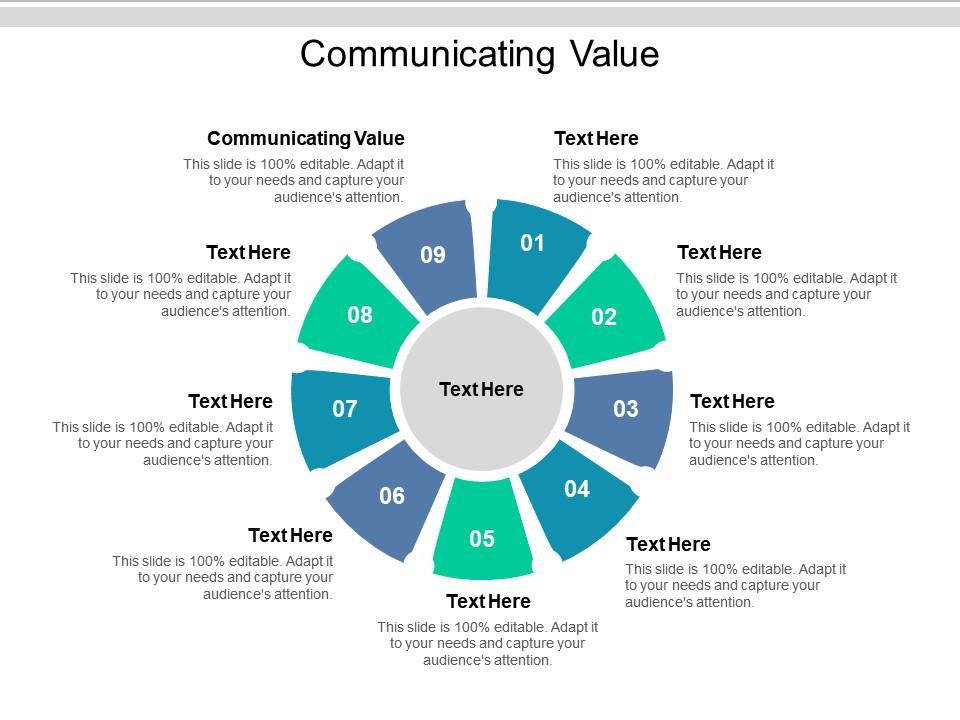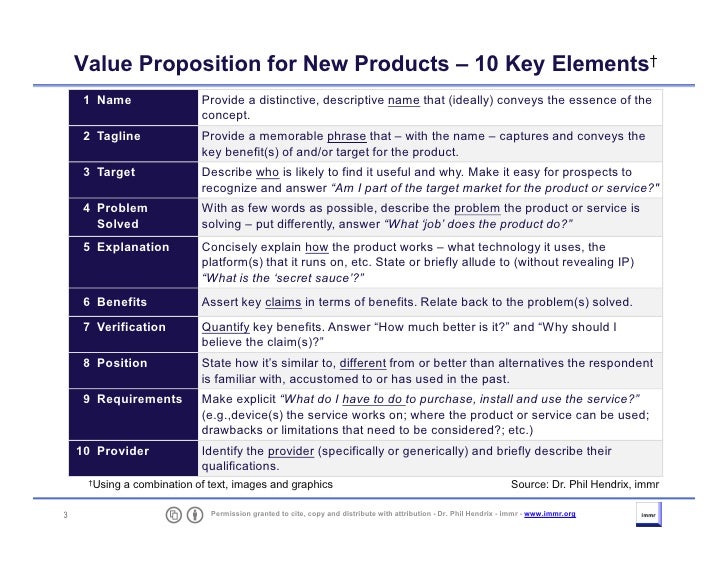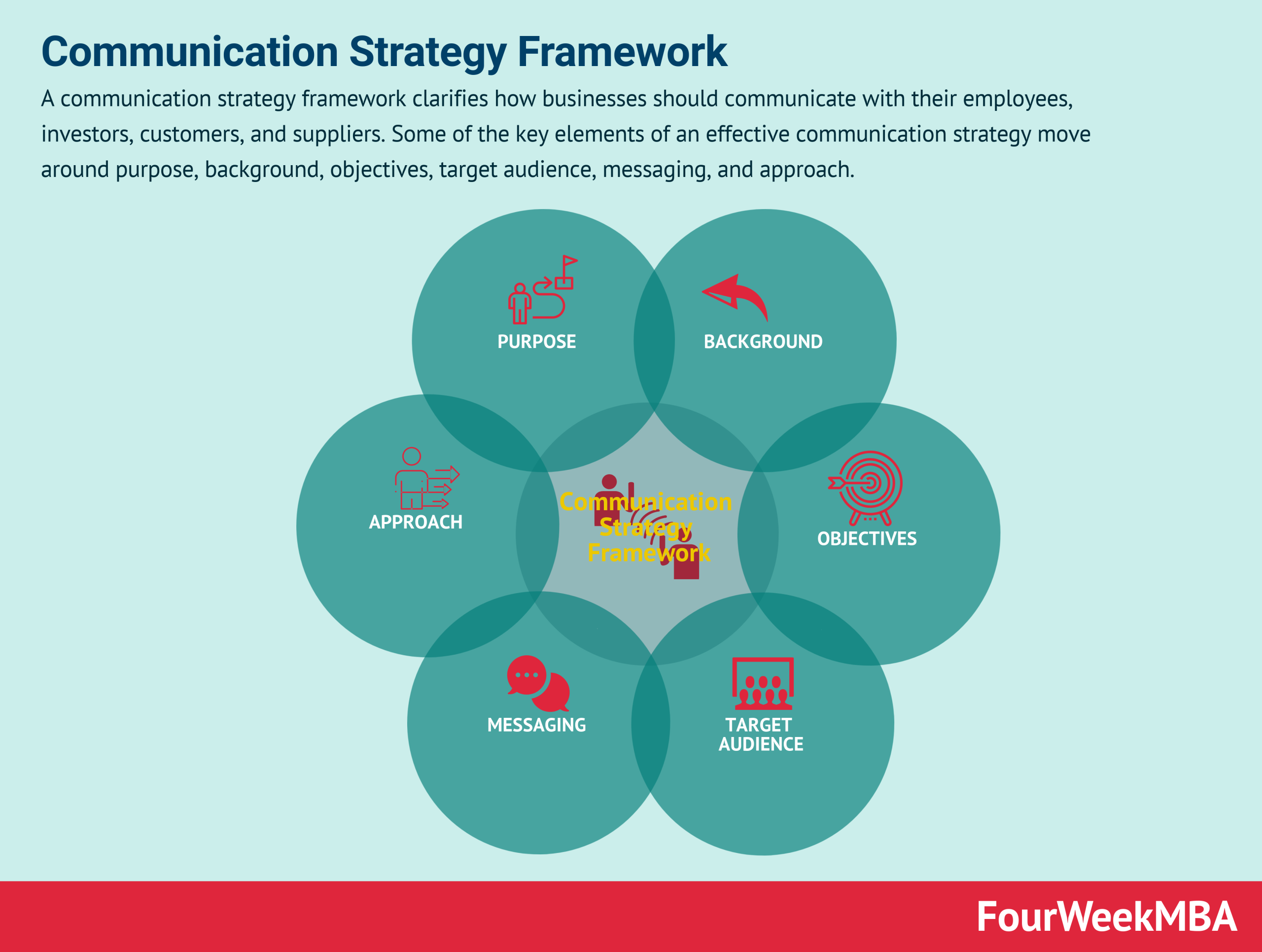Unlocking the Power of "Why": A Guide to Communicating Product Value

As an interior design expert and architect, I’ve helped countless clients transform their spaces into beautiful and functional havens. But beyond the aesthetics, I’ve learned that the true magic lies in understanding the "why" behind every design choice. This "why" is the key to communicating value, and it’s what truly resonates with potential customers.
To help you effectively communicate the features and benefits of your product or service, let’s first identify your ideal customer. Think about their needs, aspirations, and pain points. Once we understand who they are, we can tailor our message to their specific desires.

Identifying Your Ideal Customer:
- Who are they? What are their demographics (age, location, income, lifestyle)? What are their hobbies and interests?
- What are their needs? What problems are they facing? What are their goals and aspirations?
- What are their pain points? What frustrates them about their current situation? What are their biggest challenges?


Once you have a clear picture of your ideal customer, we can begin to define the key features and benefits that will resonate with them.
The Art of Feature-Benefit Communication:
The most effective way to communicate value is to connect features with benefits. Instead of simply listing off features, explain how those features solve your customer’s problems and help them achieve their goals.
Here’s a simple framework to follow:

Feature: This is a specific characteristic of your product or service.
Benefit: This is the positive outcome that the feature delivers for the customer.

Example:

Feature: Our kitchen cabinets are made with durable, scratch-resistant materials.
Benefit: You’ll enjoy a beautiful and functional kitchen that can withstand the wear and tear of everyday use.

Key Features and Benefits to Highlight:
Now, let’s dive into some specific features and benefits that you can use to effectively communicate the value of your product or service. Remember, the key is to tailor these to your ideal customer’s needs and aspirations.
For Homeowners:

- Comfort and Convenience: Focus on features that enhance comfort and convenience in the home. For example:
- Smart home technology: Automated lighting, temperature control, and security systems offer peace of mind and convenience.
- Ergonomic furniture: Comfortable seating and adjustable workstations promote relaxation and productivity.
- Efficient appliances: Energy-saving appliances reduce utility bills and contribute to a more sustainable lifestyle.


- Aesthetics and Style: Appeal to homeowners’ desire for a beautiful and stylish home.

- Customizable design options: Allow homeowners to personalize their space to reflect their unique taste and personality.
- High-quality materials: Showcase the use of durable, elegant materials that enhance the look and feel of the home.
- Trendy and timeless design: Offer designs that are both on-trend and timeless, ensuring lasting appeal.
- Increased Value: Highlight features that increase the value of the home.
- Energy-efficient upgrades: Solar panels, energy-efficient windows, and insulation contribute to lower energy bills and increase the home’s resale value.
- Outdoor living spaces: Patios, decks, and outdoor kitchens create additional living areas and enhance the home’s overall appeal.
- Smart home features: Smart home technology can enhance the home’s functionality and appeal to potential buyers.
For Businesses:
- Productivity and Efficiency: Focus on features that enhance productivity and efficiency in the workplace.
- Ergonomic furniture: Comfortable seating and adjustable workstations promote employee well-being and productivity.
- Open floor plans: Encourage collaboration and communication among employees.
- Technology integration: Integrate technology seamlessly to streamline workflows and improve communication.
- Brand Identity and Image: Showcase how your product or service can help businesses create a strong brand identity and image.
- Customizable design options: Allow businesses to personalize their space to reflect their brand values and culture.
- High-quality materials: Showcase the use of durable, elegant materials that project professionalism and sophistication.
- Sustainable design: Demonstrate a commitment to environmental responsibility and sustainability, which can enhance a company’s image.
- Customer Experience: Highlight features that enhance the customer experience.
- Comfortable waiting areas: Create welcoming and inviting spaces for customers.
- Accessible design: Ensure that the space is accessible to all customers, regardless of their abilities.
- Technology integration: Use technology to streamline customer interactions and provide a seamless experience.
Crafting Compelling Narratives:
Once you’ve identified the key features and benefits, it’s time to craft compelling narratives that will resonate with your ideal customer. Here are some tips:
- Use storytelling: People are more likely to remember stories than facts and figures. Share stories about how your product or service has helped others.
- Focus on emotions: Appeal to your customer’s emotions by highlighting the positive feelings that your product or service will evoke.
- Use visuals: Images, videos, and other visuals can help to bring your product or service to life and make it more memorable.
- Keep it concise: Get to the point quickly and avoid overwhelming your customer with too much information.
Examples of Compelling Narratives:
- Homeowner: "Imagine coming home to a beautifully designed kitchen that makes cooking a joy, with durable, scratch-resistant cabinets that withstand the test of time. Our kitchen designs are not just functional, they’re also stylish and reflect your unique personality."
- Business owner: "Create a workspace that inspires your employees and fosters collaboration. Our ergonomic furniture and open floor plan promote productivity and well-being, while our technology integration streamlines workflows and enhances communication."
The Power of "Why":
Ultimately, the key to effectively communicating the features and benefits of your product or service is to understand the "why" behind your customer’s needs and aspirations. When you can connect your product or service to their "why," you create a powerful emotional connection that will drive sales and build brand loyalty.
Remember: It’s not just about what you sell, it’s about what your product or service can do for your customers. By focusing on the benefits and telling compelling stories, you can create a truly compelling message that will resonate with your ideal customer.

